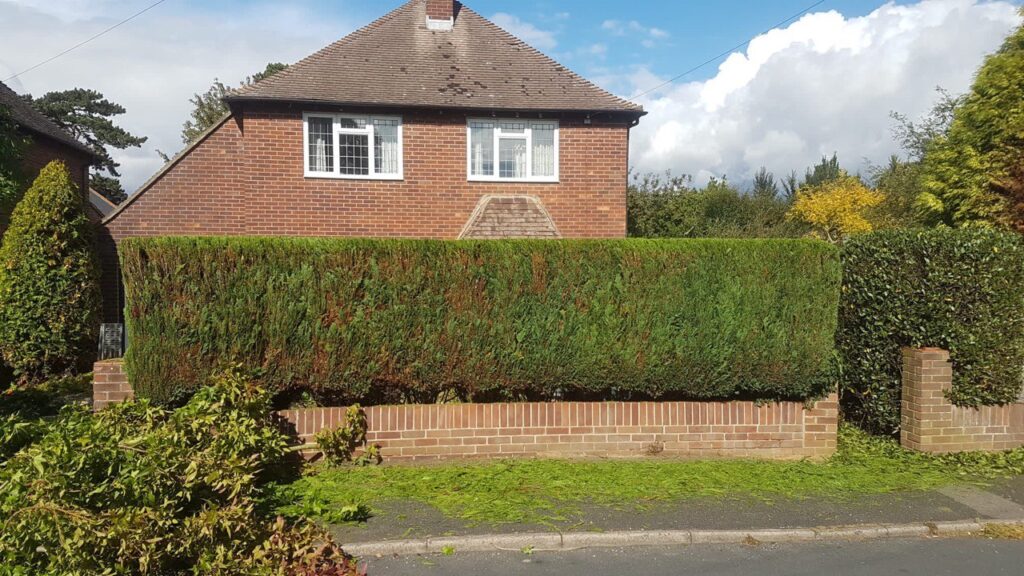How Tree Crown Reduction Can Improve Sunlight and Air Circulation
Introduction: Tree crown reduction is a vital technique in arboriculture that offers numerous benefits to trees and their surroundings. Whether you have a garden, park, or urban green space, understanding the advantages of crown reduction can help you make informed decisions about tree care.
Enhancing Sunlight Penetration
One of the primary benefits of tree crown reduction is its ability to enhance sunlight penetration. Overgrown tree crowns can cast dense shade, limiting sunlight from reaching plants underneath. By selectively pruning branches and reducing the overall size of the tree canopy, more sunlight can filter through to the ground below. This benefits gardens and landscapes where plants require adequate sunlight for healthy growth and flowering.
Improving Air Circulation
Proper air circulation is essential for the overall health of trees and the surrounding environment. Dense tree canopies can restrict airflow, creating stagnant conditions that may promote fungal diseases and pest infestations. Crown reduction helps open the canopy, allowing air to flow freely through the tree and surrounding vegetation. Improved air circulation can reduce the risk of diseases, improve tree vitality, and create a more comfortable environment for humans and wildlife.
Managing Tree Size
Managing tree size is crucial for safety and aesthetics in urban and suburban areas. Overgrown trees with large crowns can pose hazards during storms or high winds, increasing the risk of branch failure or uprooting. Crown reduction involves strategically removing branches to reduce the overall size and weight of the crown, thereby mitigating these risks. This practice also helps maintain a balanced and aesthetically pleasing tree shape that complements its surroundings.
Promoting Long-Term Tree Health
Regular crown reduction can significantly contribute to tree health and longevity. By pruning selectively and according to arboricultural standards, tree surgeons can remove dead, diseased, or structurally weak branches. This not only improves the tree’s appearance but also enhances its ability to withstand environmental stressors such as extreme weather conditions.
Considerations for Crown Reduction
When planning crown reduction, hiring qualified tree surgeons who understand the principles of arboriculture is essential. Proper pruning techniques are crucial to avoid causing stress or damage to the tree. Additionally, local regulations and conservation considerations may apply, especially for protected or historically significant trees.
Conclusion: Tree crown reduction is a valuable practice that benefits trees, landscapes, and the communities they serve. Crown reduction plays a vital role in sustainable tree management by improving sunlight penetration, enhancing air circulation, managing tree size, and promoting long-term health.
Call us on: 0115 647 3811
Click here to find out more about Long Eaton Tree Surgeons
Click here to complete our contact form and see how we can help you with your tree’s needs.

